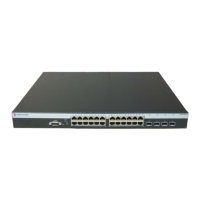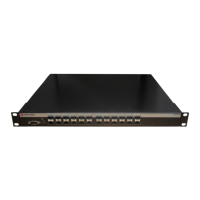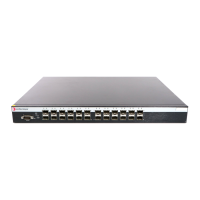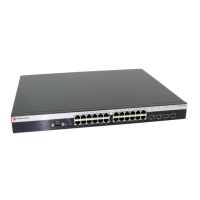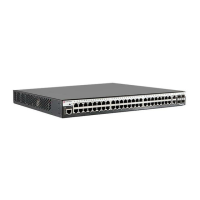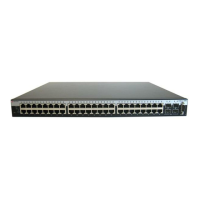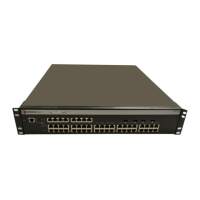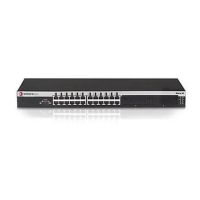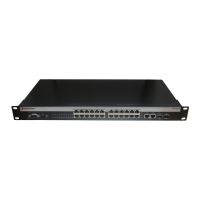Using Multicast in Your Network
19-12 Configuring Multicast
Figure 19-4 PIM Traffic Flow
1. The source’s DR registers (that is, encapsulates) and sends multicast data from the source
directly to the RP via a unicast routing protocol (number 1 in figure). The RP de-encapsulates
each register message and sends the resulting multicast packet down the shared tree.
2. The last-hop router (that is, the receiver’s DR) sends a multicast group (*,G) join message
upstream to the RP, indicating that the receiver wants to receive the multicast data (number 2
in figure). This builds the RP tree (RPT) between the last-hop router and the RP.
3. The RP sends an S,G join message to the source (number 3 in figure). It may send the join
message immediately, or after the data rate exceeds a configured threshold. This allows the
administrator to control how PIM-SM uses network resources.
4. The last-hop router joins the shortest path tree (SPT) and sends an S,G join message to the
source. (number 4 in figure).This builds the SPT.
5. Native multicast packets (that is, non-registered packets) are sent from the source’s DR to the
receiver on its SPT (number 5 in figure), while registered multicast packets continue to be sent
from the source’s DR to the RP.
6. A prune message is sent from the last-hop router to the RP (number 6 in figure).
7. A prune message (register-stop) is sent from the RP to the source’s DR (number 7 in figure).
Once traffic is flowing down the SPT, the RPT is pruned for that given S,G.
When receivers go away, prunes are sent (S,G prune messages towards the source on the SPT, and
*,G prune messages towards the RP on the RPT). When new receivers appear, the process begins
again.
3
4
5
6
1
2
Source
Receiver
7
DR RP
Last Hop
Router
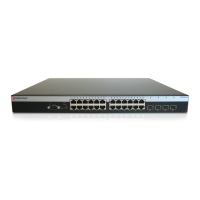
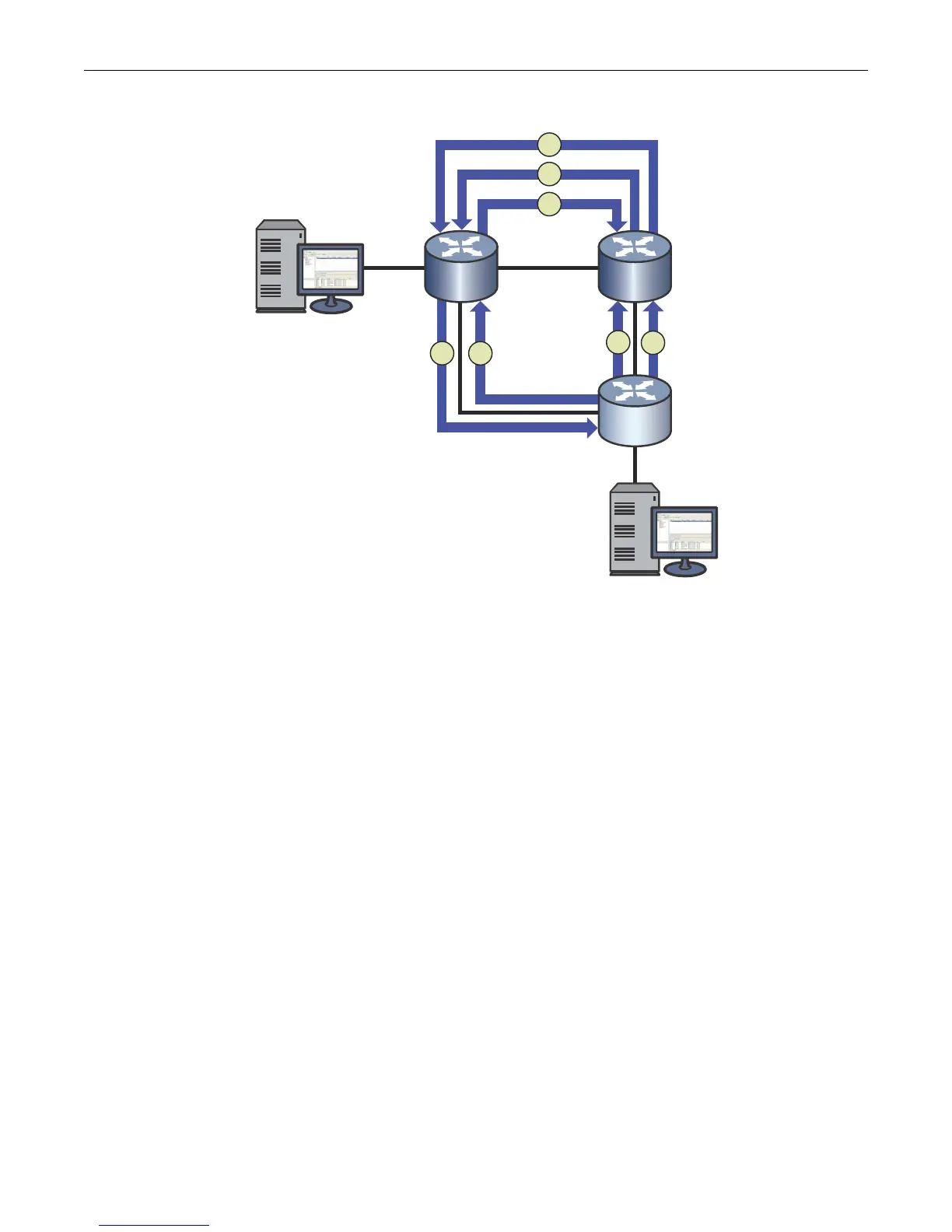